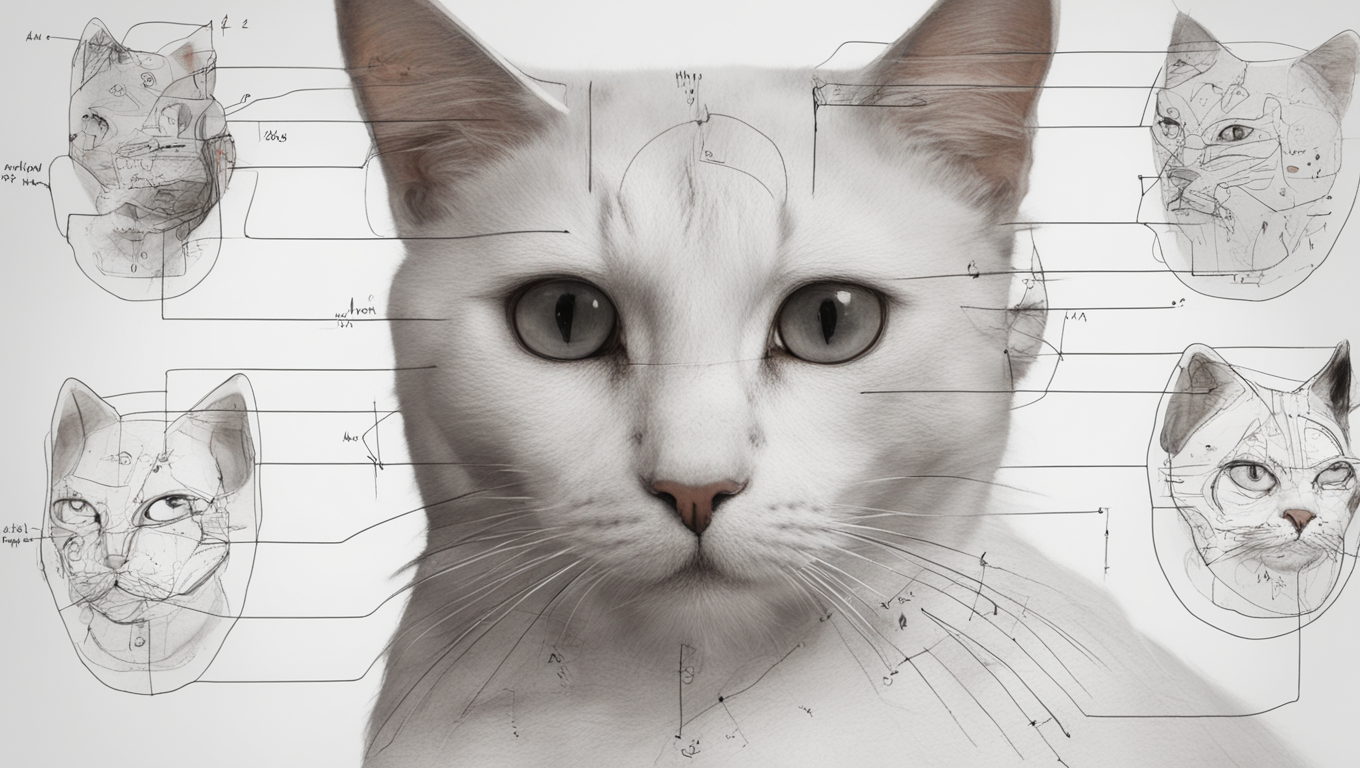Household cats are known for their ability to conceal pain, making it challenging for both cat owners and veterinarians to identify when a feline is experiencing discomfort. However, a recent study conducted by a team of AI researchers and veterinarians has developed machine-learning algorithms that can detect pain in cats based on their facial expressions. These automated systems have achieved an accuracy rate of up to 77%, indicating the potential for revolutionary veterinary tools. Anna Zamansky, a computer scientist at Israel’s University of Haifa and co-senior author of the study, plans to create a mobile app that will allow veterinarians and cat owners to snap a photograph for automatic pain detection.
While previous AI developers have attempted to decode feline emotions, this study is the first to provide peer-reviewed scientific research on the subject. Currently, veterinarians assess feline pain using complex tests such as the Glasgow Composite Measure Pain Scale, which is time-consuming and subject to subjective assessments. Stephane Bleuer, a veterinary behaviorist in Tel Aviv, expresses confidence in the potential of machine learning algorithms, stating, “Our belief is that the machine will do a better job.” Zamansky further explains that machines can perceive more than the human eye due to their sensitivity to subtle visual details.
To train and test the model, the researchers required a dataset. Photographs of 84 cats with various medical conditions were taken at the University of Veterinary Medicine Hannover’s animal hospital in Germany. These images had been scored based on the Glasgow scale, serving as a basis for training and evaluating the AI models. The study authors emphasize that their research did not cause any distress to the cats.
The researchers developed two machine-learning algorithms to detect pain in cats based solely on photographs. One algorithm focused on observing facial muscle contraction, while the other employed deep-learning methods to analyze the entire face for muscle contractions and patterns. The landmark-based algorithm achieved 77% accuracy, while the deep-learning approach scored 65%. The difference in accuracy may be attributed to the data-hungry nature of deep-learning systems, as this study had limited image data available.
Surprisingly, the researchers discovered that the mouth was the most significant facial feature in accurately recognizing pain, surpassing the ears and eyes. Sebastian Meller, a veterinarian at the University of Veterinary Medicine, comments on the unexpected finding, stating, “We didn’t expect that, and that is also the beauty about AI, maybe. It finds something in the forest of data that suddenly makes a difference that no one was thinking about before.”
However, it is crucial to distinguish between facial expressions and emotions, as AI tends to recognize patterns rather than the underlying meanings. Dennis Küster, a German psychologist with expertise in emotion science, explains that facial expressions do not always correspond to specific emotions. Nevertheless, there are contexts where emotion recognition AI can excel, particularly in nonhuman species that cannot vocalize their thoughts and feelings. Brittany Florkiewicz, an assistant professor of psychology at Lyon College, plans to collaborate with Zamansky’s team to gain a deeper understanding of feline emotions beyond pain assessment.
Zamansky intends to expand her research to include other species, such as dogs, and explore whether automated systems can detect feline pain through full-body videos. The development of a convenient and practical pain app could revolutionize cat care by enabling swift detection of problems. Improved pet welfare translates to enhanced human well-being, strengthening the bond between pets and their owners. Zamansky emphasizes the collaborative and interdisciplinary nature of the study, involving AI researchers, veterinarians, engineers, and biologists from various countries. Through their efforts, they aim to benefit not only cats but also pet owners and veterinarians. Zamansky admits that her work on this project has transformed her opinion of cats, as she now considers herself a cat lover.





Use the share button below if you liked it.